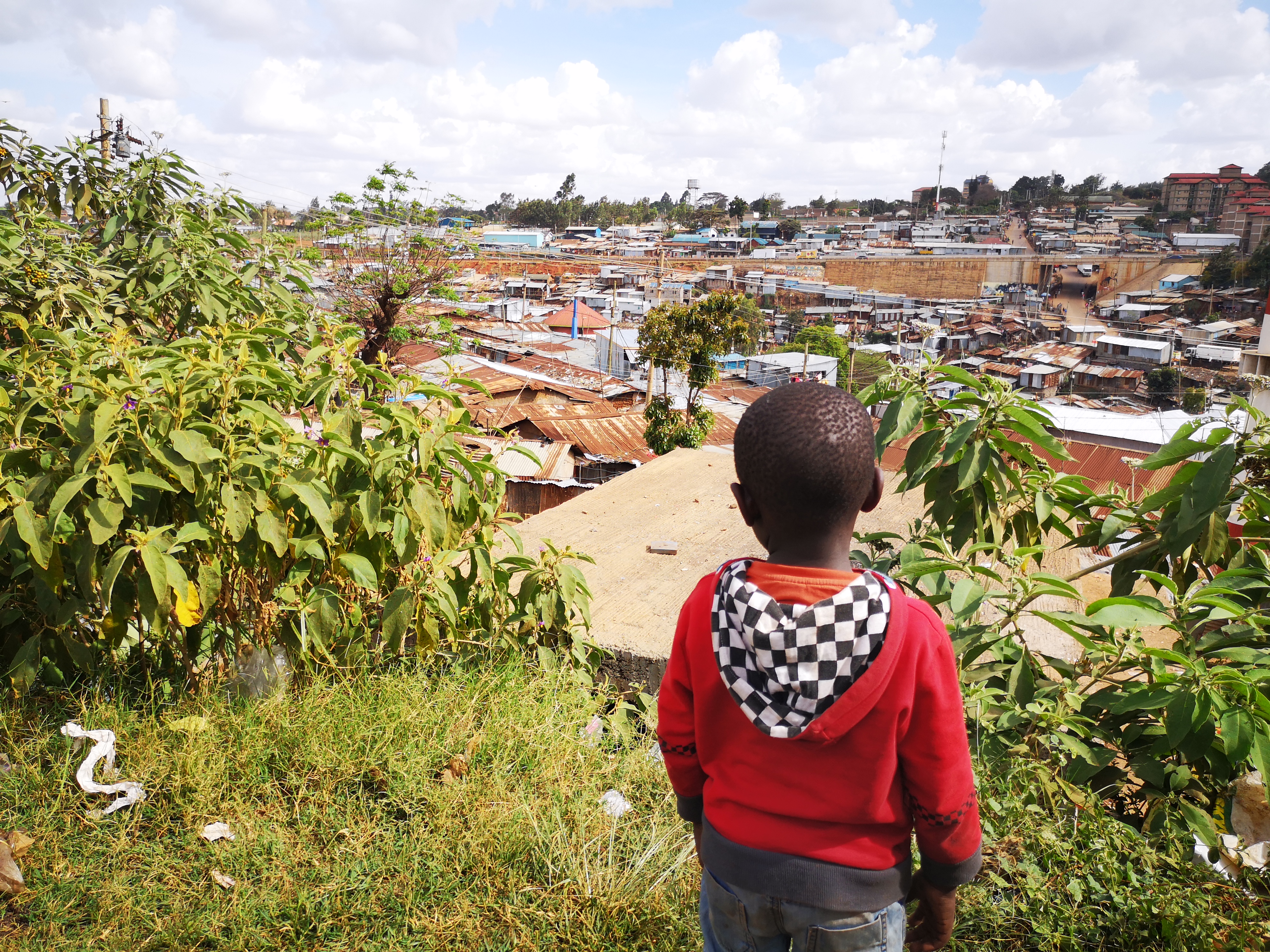Nairobi completely surprised me. I came for the animals, but discovered a city full of contrasts that stayed with me for a long time. From giraffes eating straight from your hand to the warm community in Kibera, the city showed me time and again a different side of Africa than I had expected.
And I must honestly admit: despite five nights in this bustling metropolis, I never really went into the city itself. What a missed opportunity! Although it does give me the perfect excuse to return. When I do go into Nairobi city, I’ll book a tour with these former street children.
Nairobi: more than a stopover
Many travelers consider Nairobi merely a stopover on the way to Kenya’s great safaris. But this city, named after the Maasai words ‘Enkara Nairobi’ (cool waters), deserves much more attention. With 3.3 million inhabitants, it is not only the largest city in the country, but also a fascinating mix of wildlife, culture and unforgettable encounters.
Nairobi is the only capital in the world with a national park within its city limits. Where else do you find that? Feeding giraffes in the morning and walking through a real African slum in the afternoon – nowhere does that happen at such a short distance from each other.
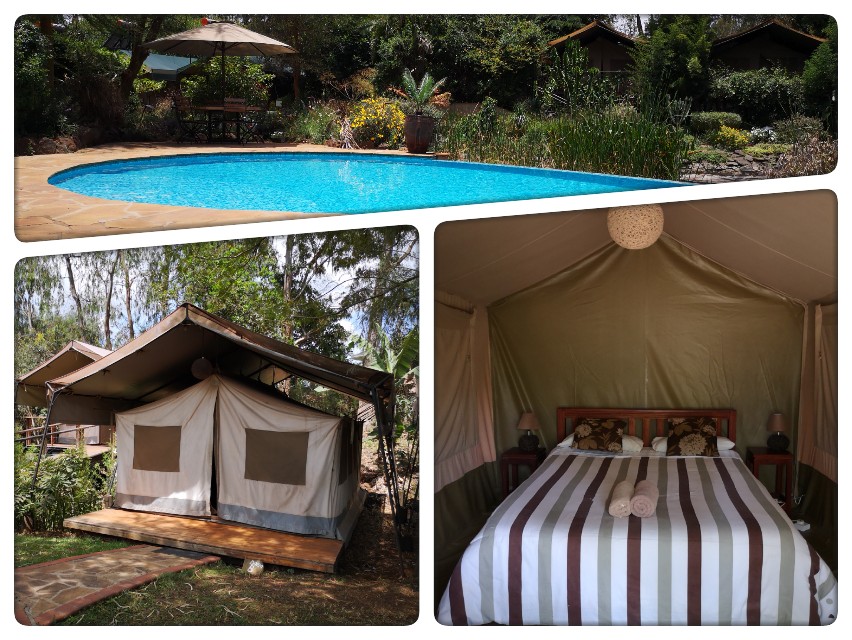
My base: Wildebeest Eco Camp
For my five nights in Nairobi, I found perfect accommodation at Wildebeest Eco Camp. I came to the city because I was going to do volunteer work in Tsavo for a week. I stayed here three nights before departure and two nights after my return. And what a nice place to recover!
They really have something for everyone. I tried both a private tent and a dorm tent, both with shared bathrooms. Want more luxury? Then there are also tents with private bathrooms and a lovely terrace overlooking the garden.
Why I recommend this camp:
- Great base for all attractions
- Beautiful garden with swimming pool, ideal after a dusty day in the city
- Amazing food (that Wildebeest Hamburger… I ordered it every time!)
- Relaxed atmosphere where you easily meet other travelers
The highlights of Nairobi
Kibera – The slum that touches you
My first afternoon I immediately booked a tour through Kibera, one of the largest slums in Africa. I’ve been to slums in several countries and it continues to fascinate me. It’s not ‘poverty tourism’ for me, it’s about the people and their stories.
What always touches me:
- The realization of how spoiled we actually are
- The resourcefulness with which people create so much with so little
- How beautiful ideas arise precisely because of the lack of resources
- The sense of community and warmth you find there
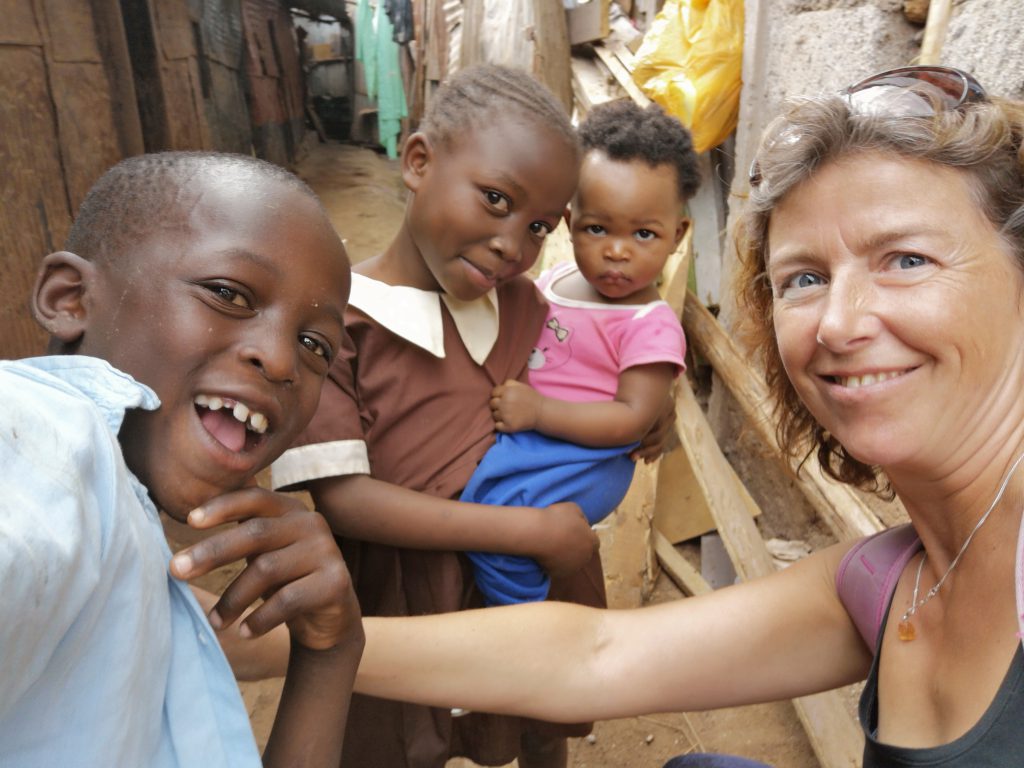
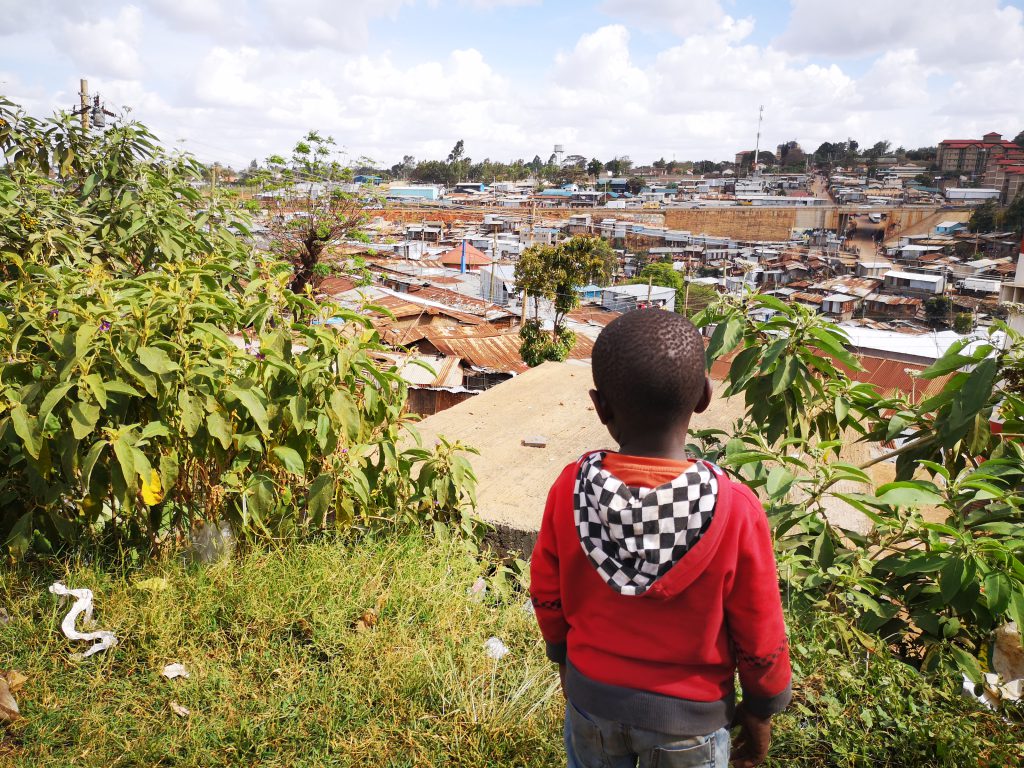
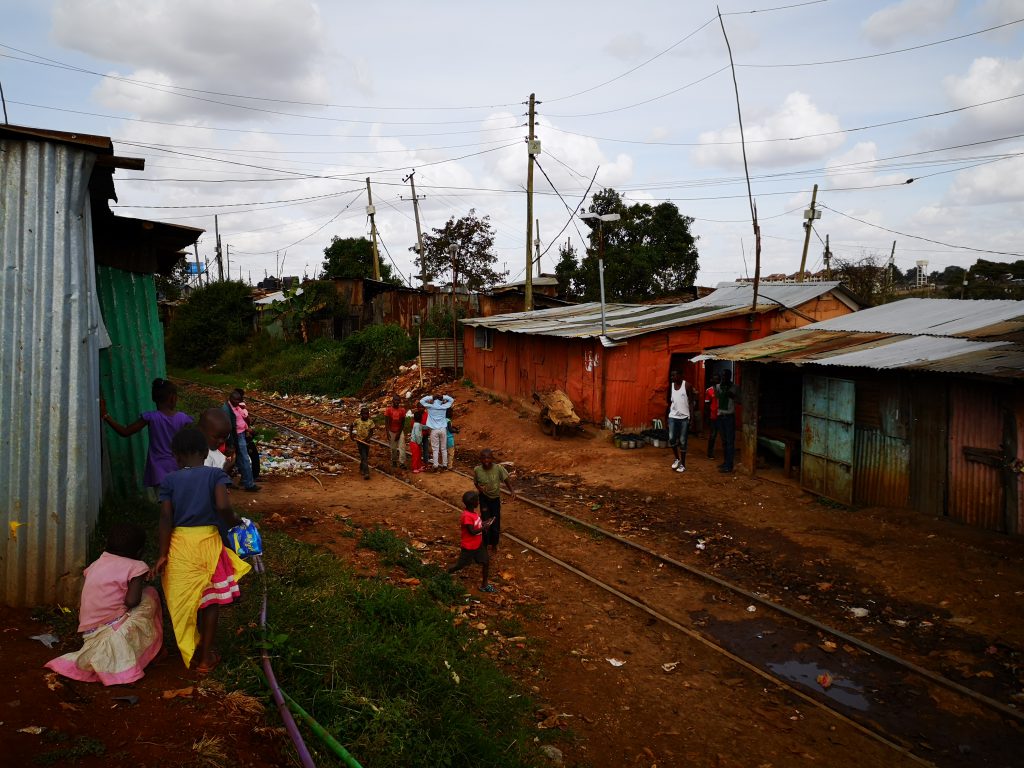
Later in my journey I would return to Kibera to go shopping with my host. That contrast, between the empty, modern streets of ‘new’ Nairobi and the lively, bustling atmosphere in Kibera, says so much. “Nobody cares here,” she said wistfully as we walked back to her neighborhood Woodley. In Kibera she was greeted everywhere, people asked how she was doing. In the new neighborhood everyone sat inside, busy with themselves.
Book your tour in the Kibera slum
Giraffe Centre – Eye to eye with Rothschild giraffes
The next day I planned a tour to two iconic rescue centers. First: the Giraffe Centre. To protect the endangered Rothschild giraffe from extinction, this center takes in giraffes and releases them back into nature at the age of three.
It’s a touristy affair, I admit. But when do you get the chance to feed a giraffe straight from your hand? Those long purple tongues, those gentle eyes, it’s an experience you won’t soon forget.e that have little ones and the breeding programm is working. When the little ones are around 3 years old the are reintroduced into the wild.
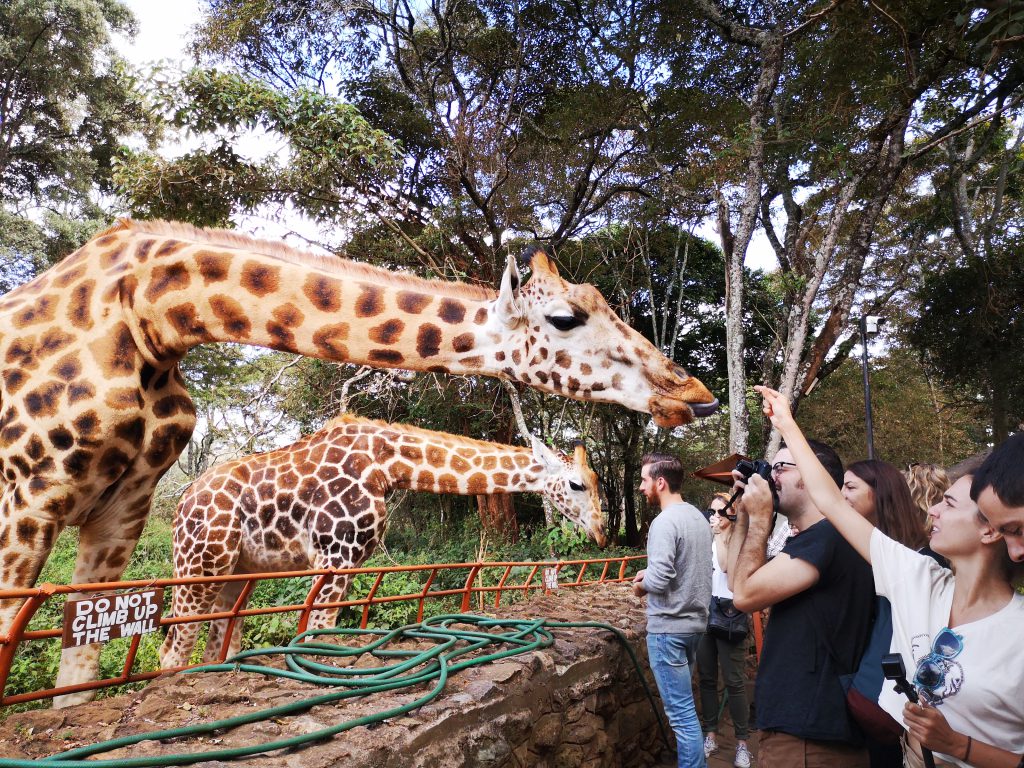
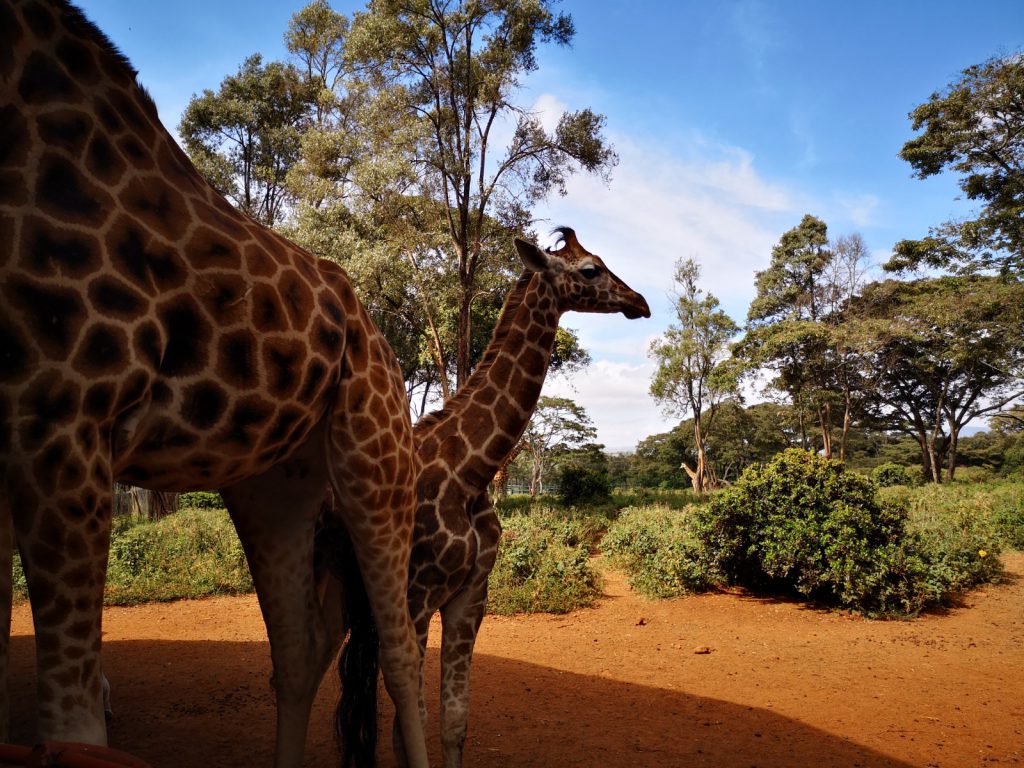
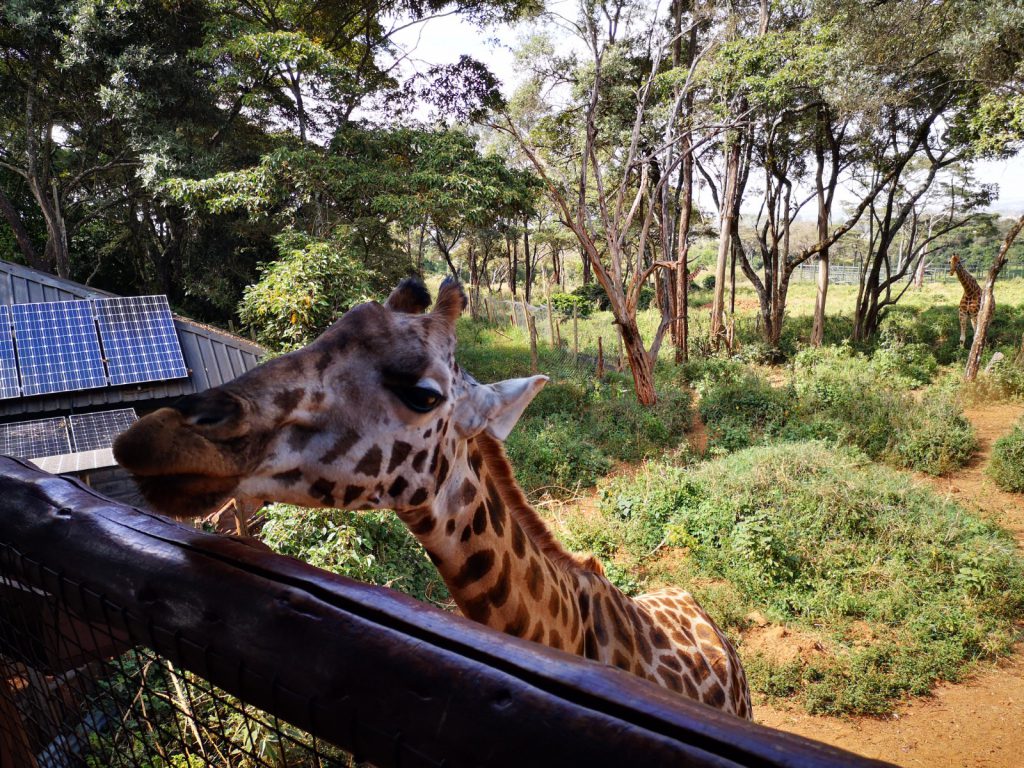
Insider tip: Want to see these giraffes in ultimate luxury? Book Giraffe Manor, the spectacular (and unaffordable for me) hotel where giraffes literally look through the windows during your breakfast. I could only take a photo from a distance!
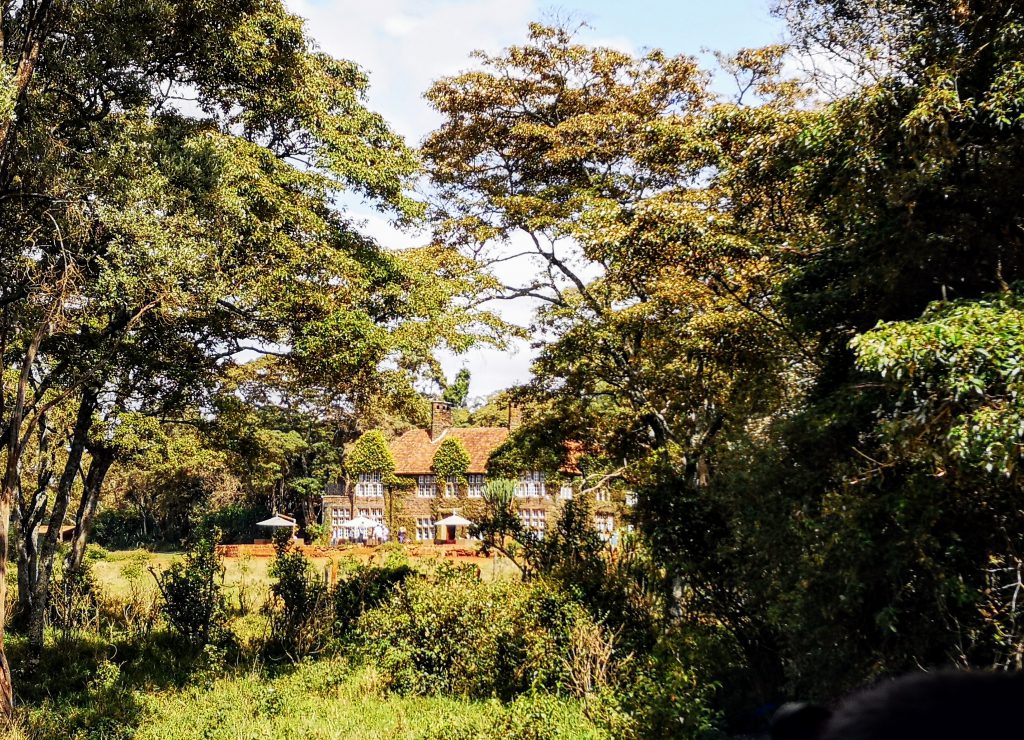
Hidden gem: On the opposite side of the center, there’s a beautiful nature walk that hardly anyone knows about. Allow 30-45 minutes for it. You walk past local trees and plants and can stretch your legs nicely. The ‘spectacular’ endpoint disappointed me, but the walk itself is worth it!
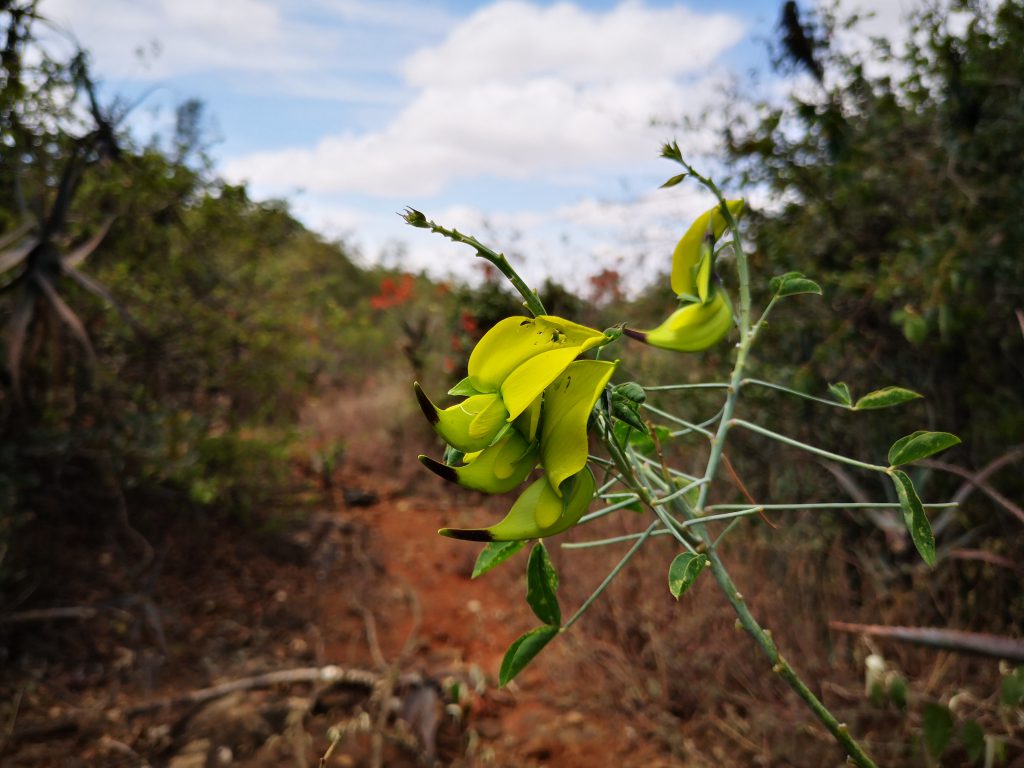
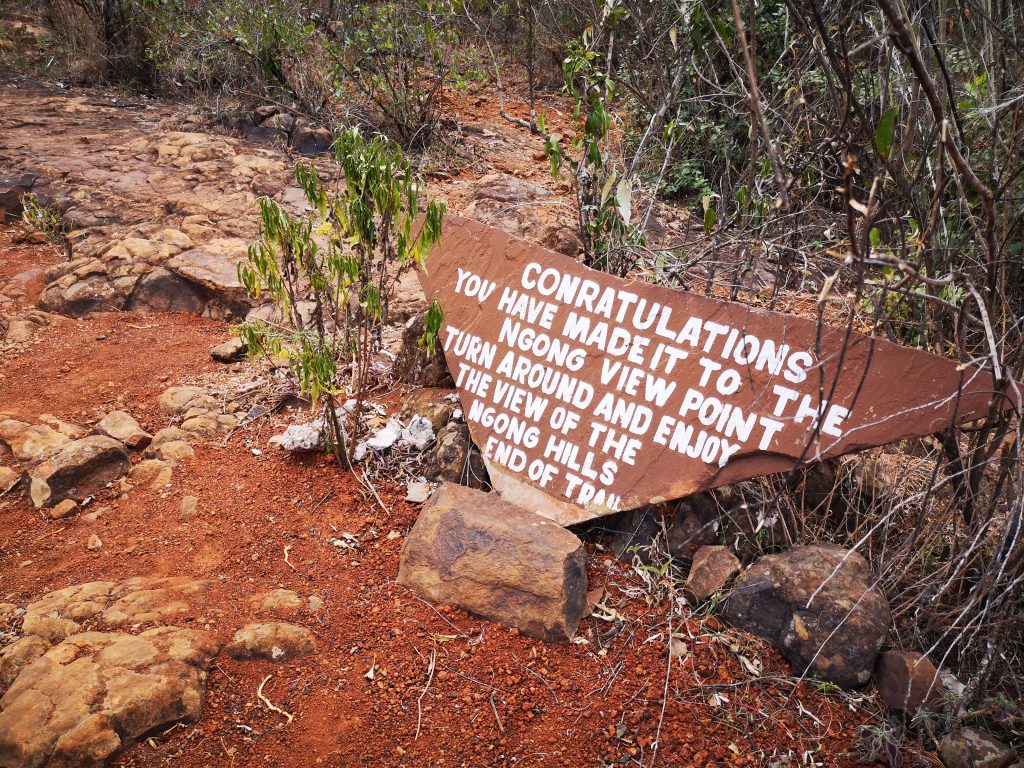
The David Sheldrick Wildlife Trust – Baby elephants
From giraffes to elephants. The feeding time at Sheldrick Elephant Sanctuary is the activity everyone talks about. And rightly so, those little elephants are irresistible.
Yet I had mixed feelings. This rescue center does essential work. Yes, they need the money from tourists. And yes, those little ones are adorable. But I would much rather see them only in the wild.
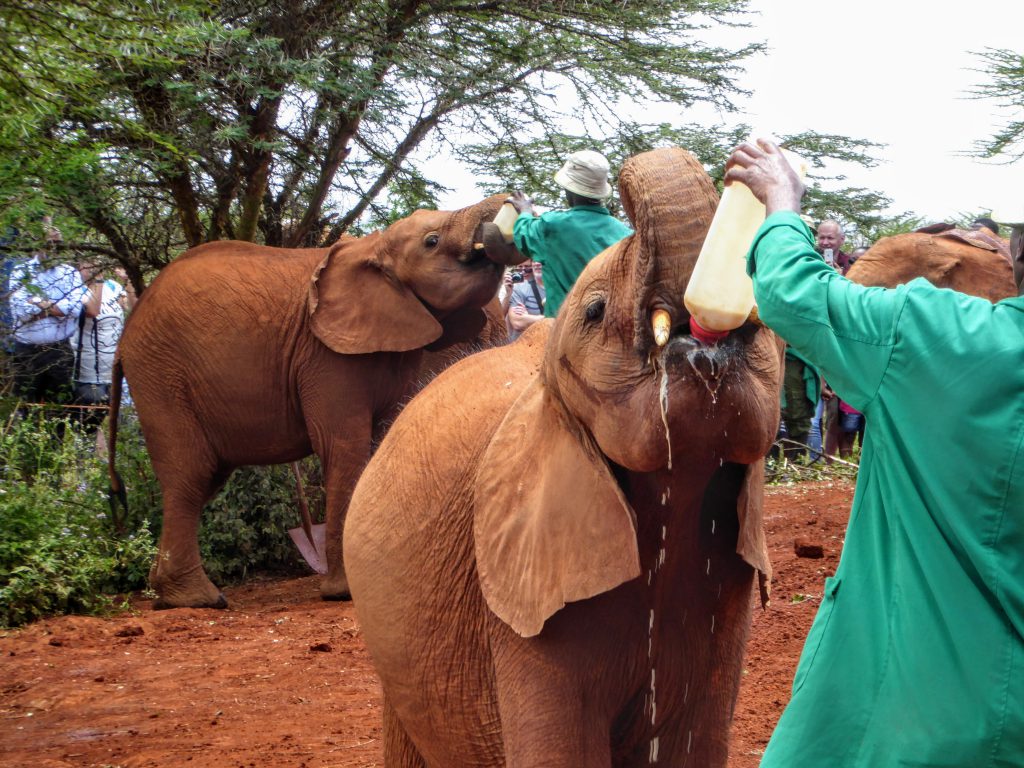
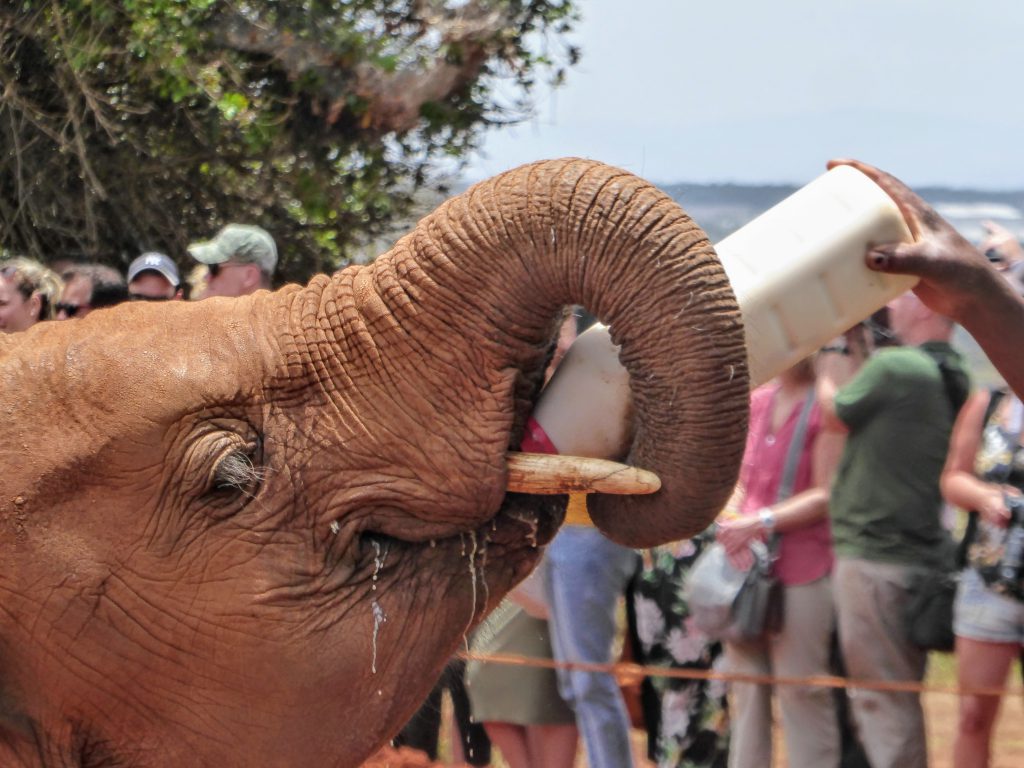
Most baby elephants here have been rescued from emergency situations, fallen into water sources, or left behind after their mother’s death. I heard that many orphans came from Tsavo, where I would be working the following week. I could already picture it: rescuing a baby elephant myself!
Unfortunately it didn’t happen. But I did see many more elephants in the wild during my volunteer work, exactly as it should be.
Book your ticket to the Sheldrick Elephant Orphanage Centre
Karen Blixen Museum – Out of Africa
The Karen Blixen Museum is an absolute must-visit in Nairobi. Karen came to Kenya to start a coffee plantation with her husband Baron Bror von Blixen. When that project failed, she returned to Denmark and wrote her world-famous book ‘Out of Africa’. With that book she definitively put Nairobi on the world map. The Kenyans are still grateful to her for that. There’s even an entire neighborhood named after her: Karen.
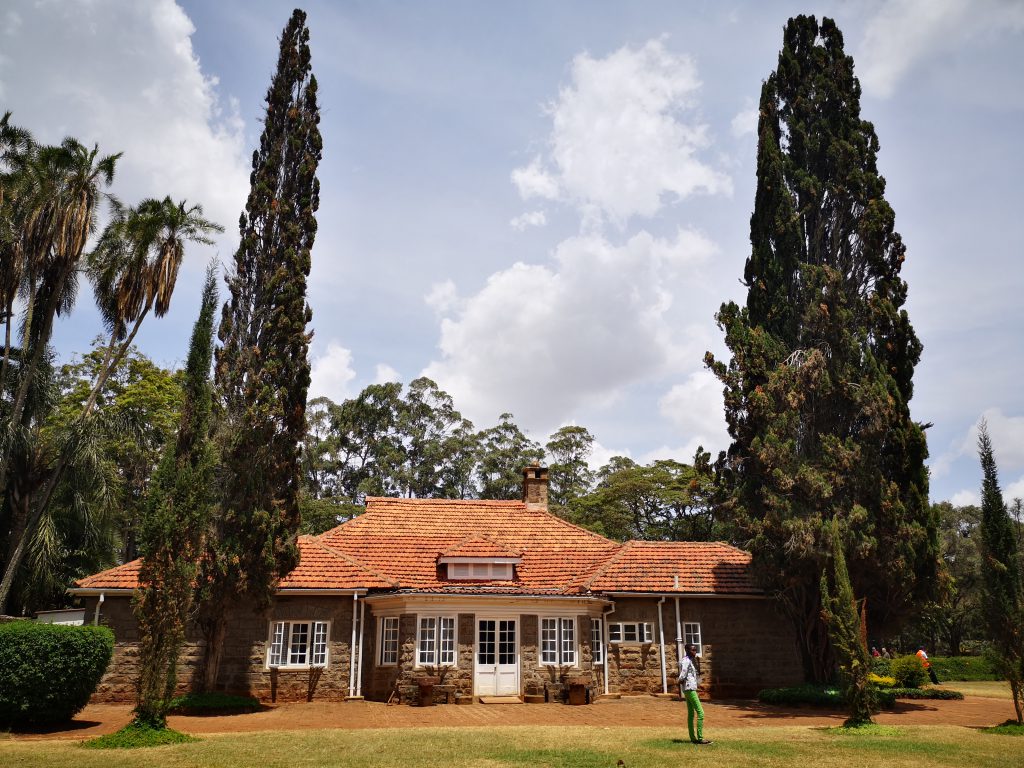
You can visit the house where Baroness Karen Blixen lived from 1917 to 1931. It still breathes the atmosphere of colonial Kenya and provides a fascinating glimpse into her eventful life.
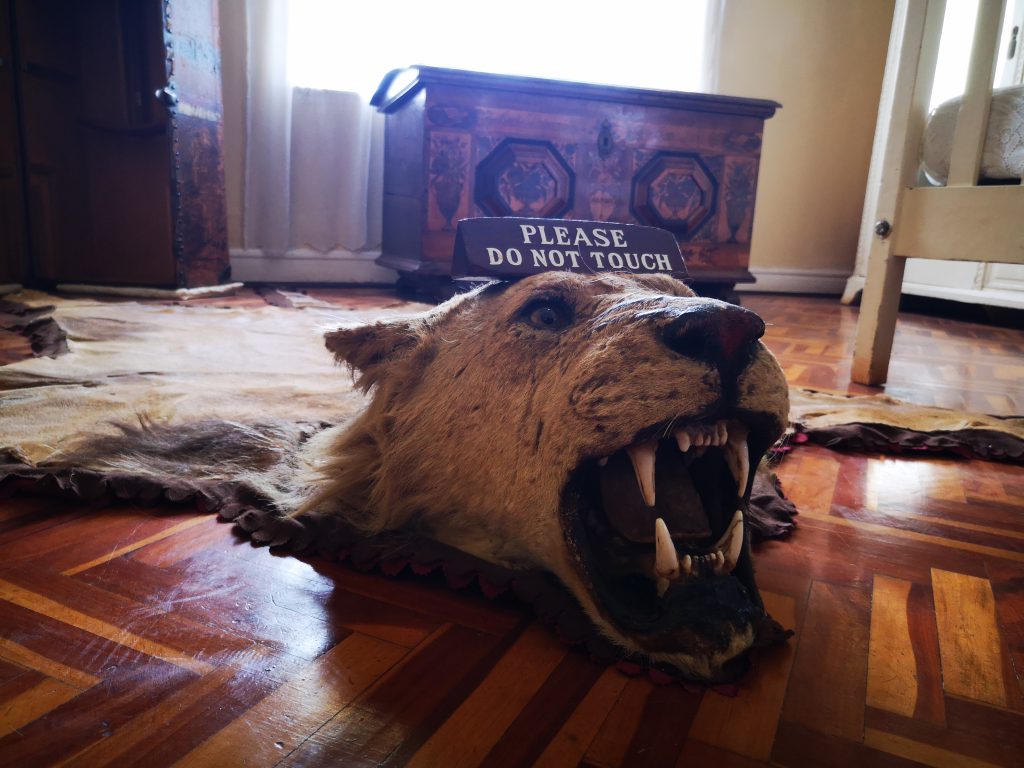
Homestay in Woodley – A look behind the scenes
One of the most special experiences was my homestay with a local family in the Woodley neighborhood. This was arranged because I would be leaving for Tsavo the next day for my volunteer work.
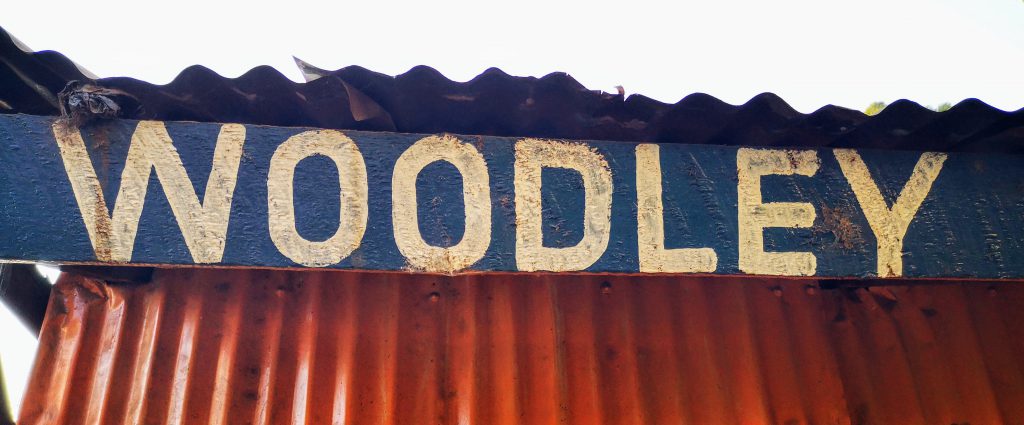
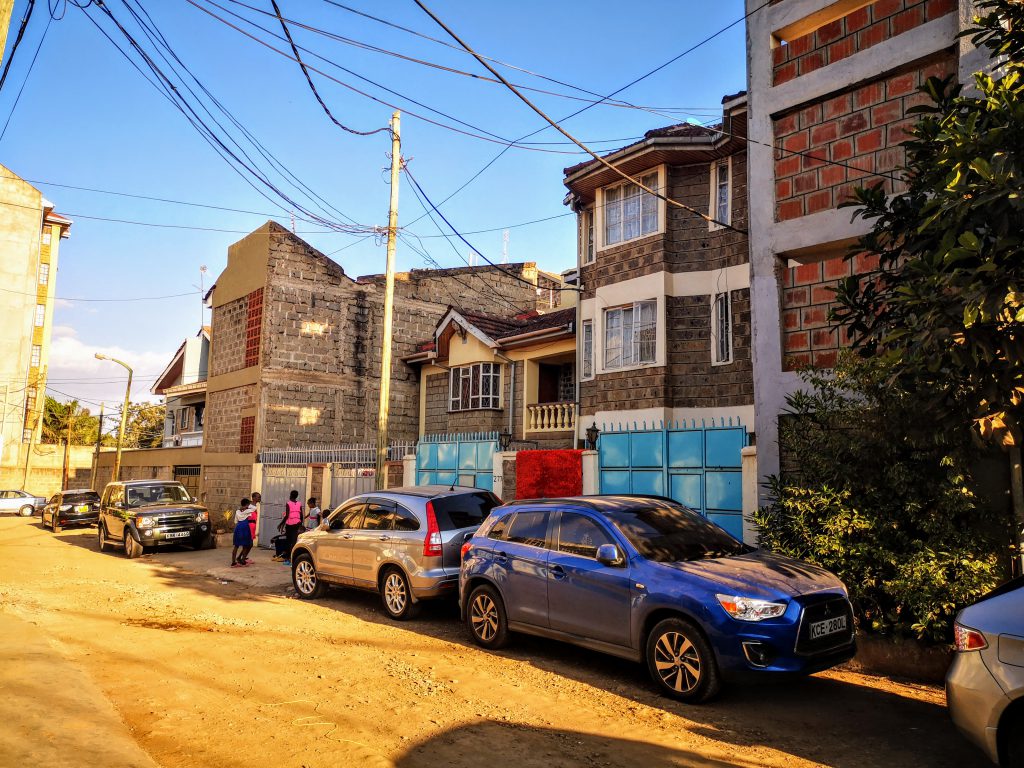
The couple originally came from Kibera and had worked their way up to a beautiful house. They lived there with their two children and another volunteer, a doctor who worked at a local hospital. The house was beautiful: nice rooms, spacious kitchen, everything neat and tidy.
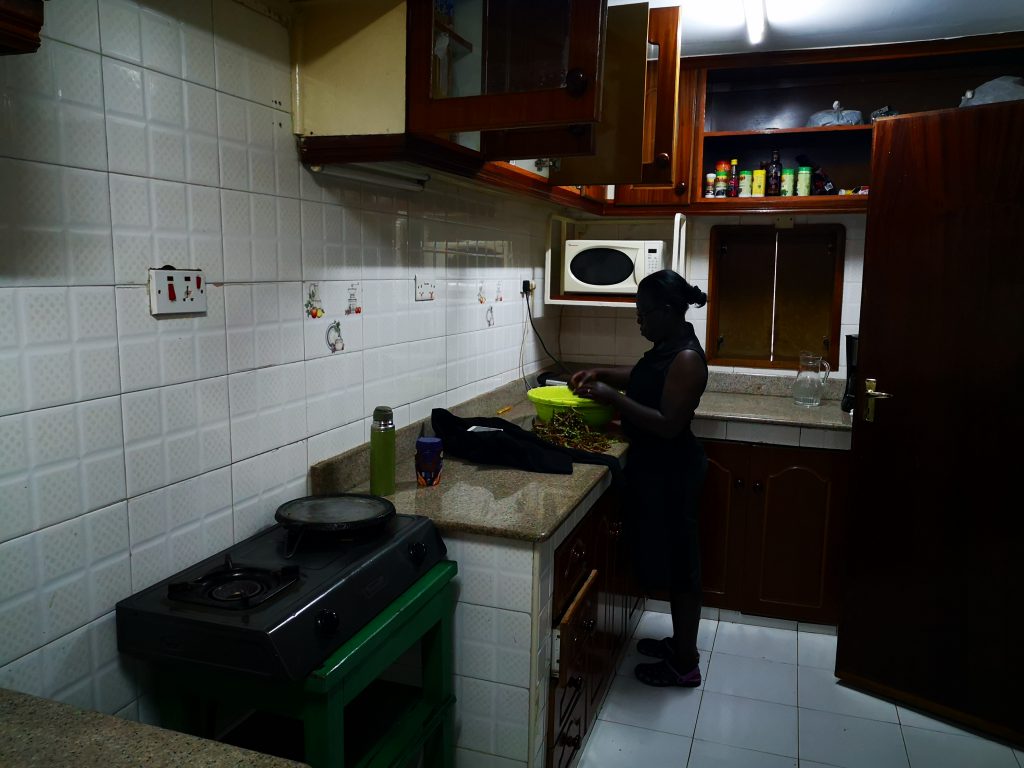
My room downstairs was simple: a bunk bed and an electrical outlet. For one night I don’t need more than that.
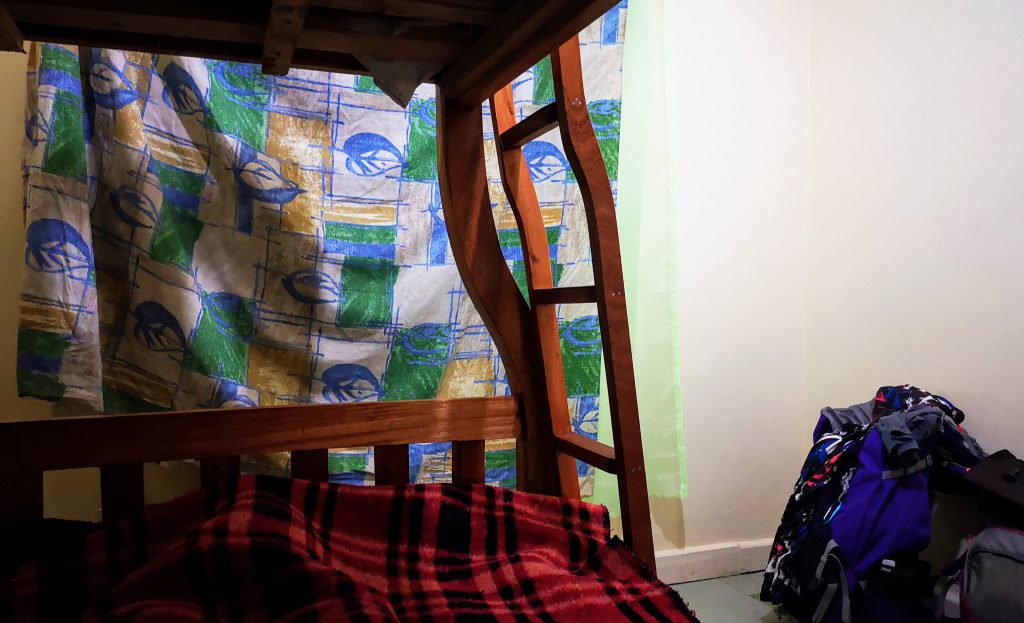
The highlight? Shopping in Kibera with the lady of the house. The warmth, the greetings, the community, the contrast with the dull streets of her ‘better’ neighborhood was enormous. That moment when she said “Nobody cares here” stays with me.
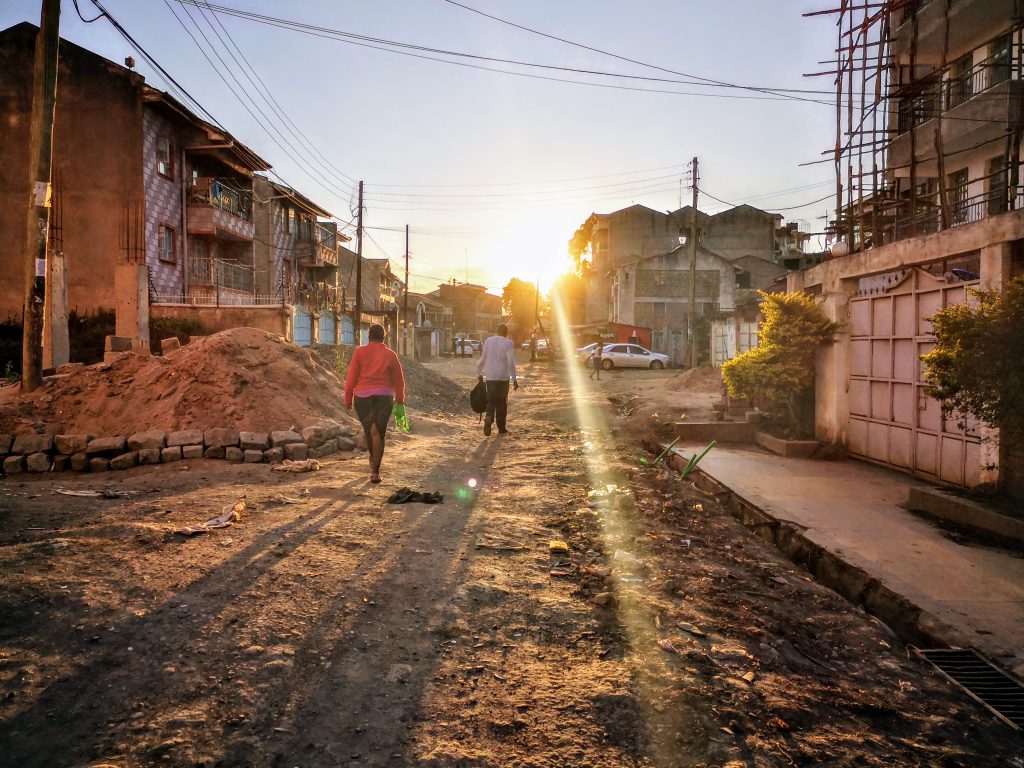
Would you want to and dare to sleep at local people’s homes? I recommend it to everyone. It gives you a completely different view of the country than from a hotel.
What I unfortunately missed…
Bike safari in Hell’s Gate National Park
There’s always that one activity you miss. For me, that’s the bike safari in Hell’s Gate National Park. I heard several travelers talk enthusiastically about it and kept reading rave reviews.
This is definitely on my list for next time. Hell’s Gate is one of the few parks in Africa where you can safely cycle among wild animals, a unique experience! Plus, it was the inspiration for The Lion King. Reason enough, right?
This is something you really must do when you go to Nairobi!
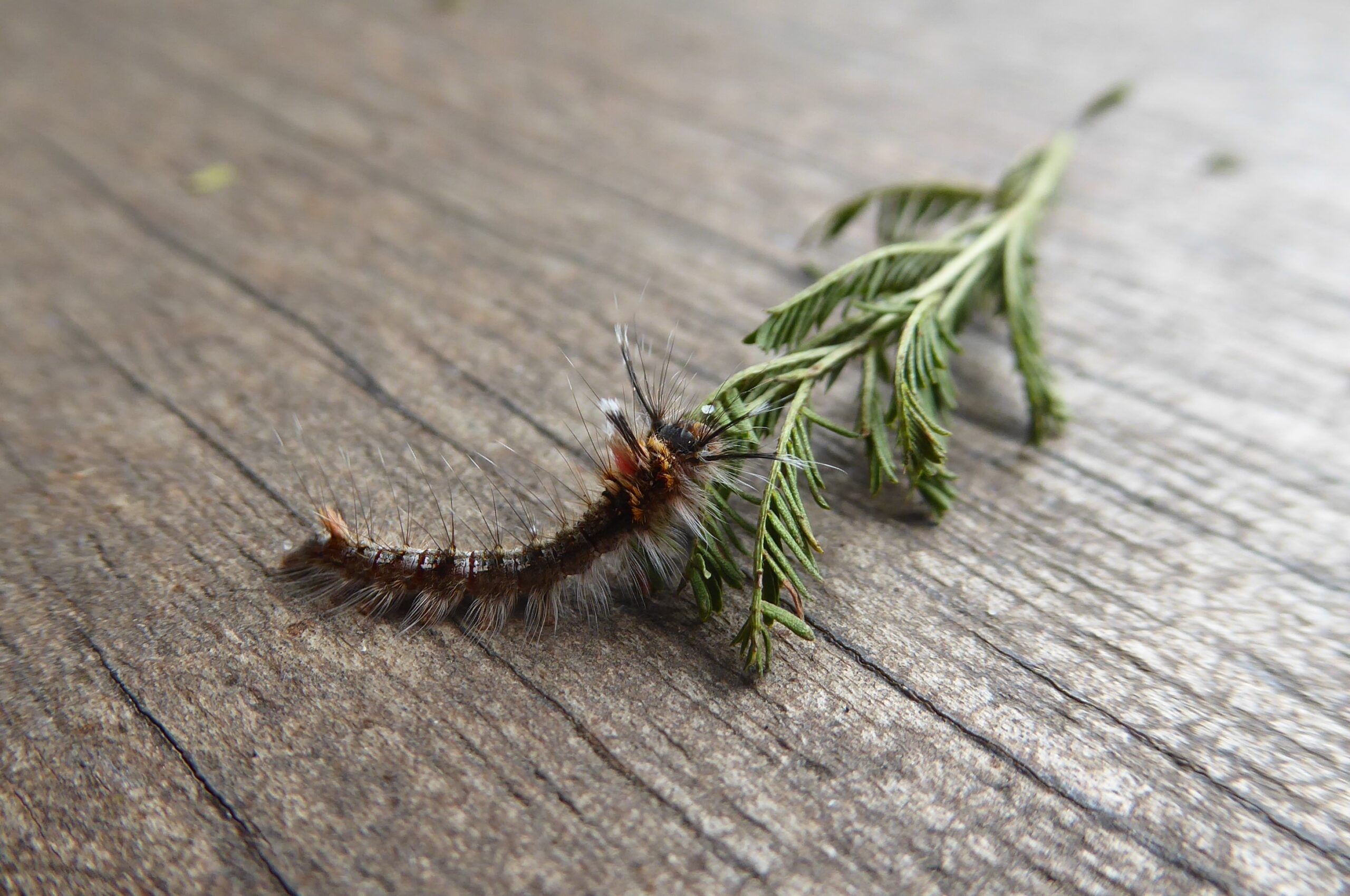
Practical information Nairobi
- Location: Nairobi is located in East Africa and is the capital and largest city of Kenya
- Population: Over 3.3 million but the actual number is probably higher due to large informal neighborhoods like Kibera
- Nairobi meaning: Derived from the Maasai name ‘Enkara Nairobi’ which means ‘cool waters’
- Best base: Wildebeest Eco Camp – relaxed, affordable and with swimming pool!
My conclusion
Nairobi is much more than a stopover. It’s a city full of contrasts where within one day you can go from wildlife to slums to colonial history. Where community and loneliness exist side by side. Where modern high-rises share the horizon with traditional neighborhoods.
I may not have seen the ‘real’ center, but what I did see left an indelible impression. Nairobi deserves more time than most travelers give it. And me? I’m definitely going back.
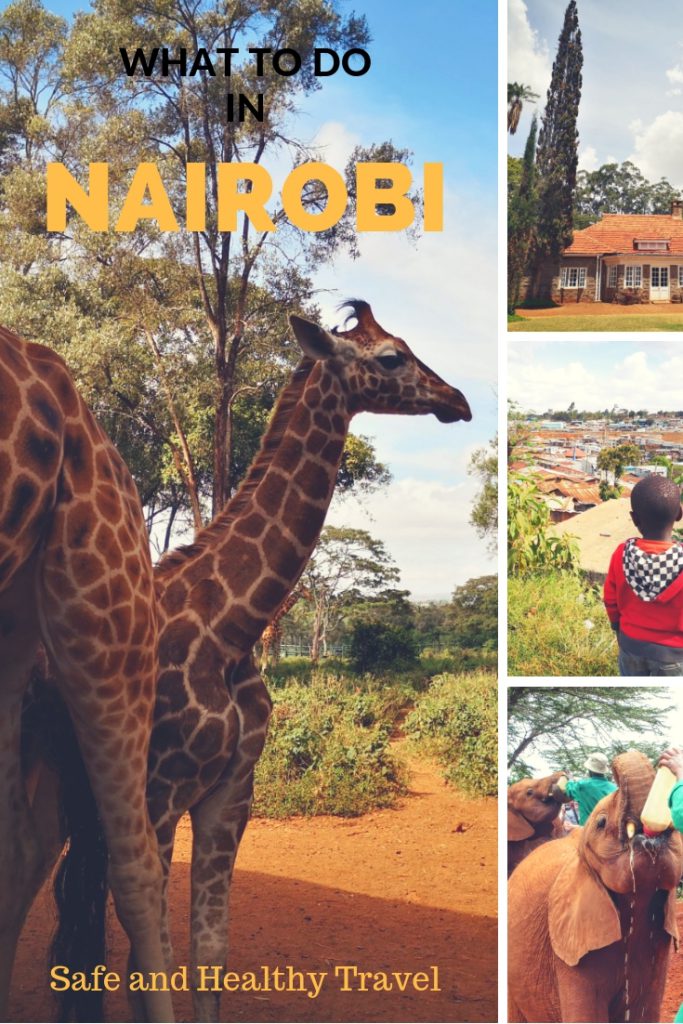
Want to read more?
- Visiting the Maasai – Masai Mara NP – Oloolaimutia, Kenya
- Working in Tsavo East National Park in Kenya – Wildlife
And what about Namibia?
